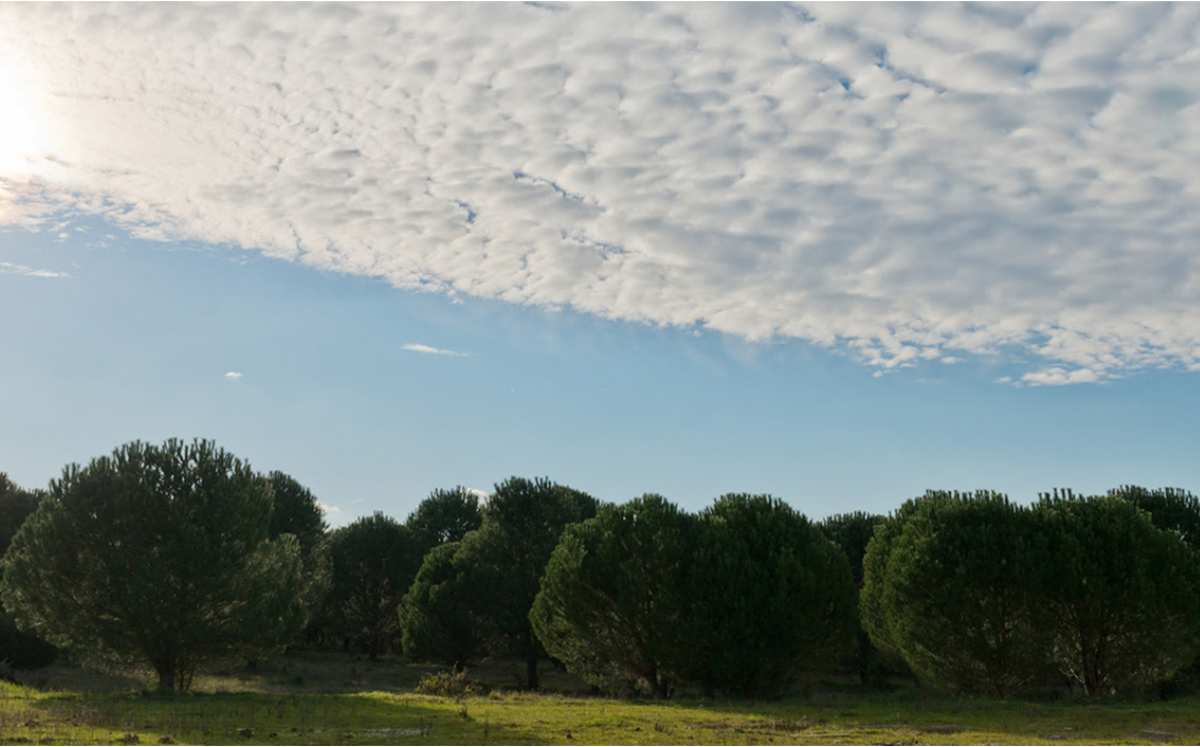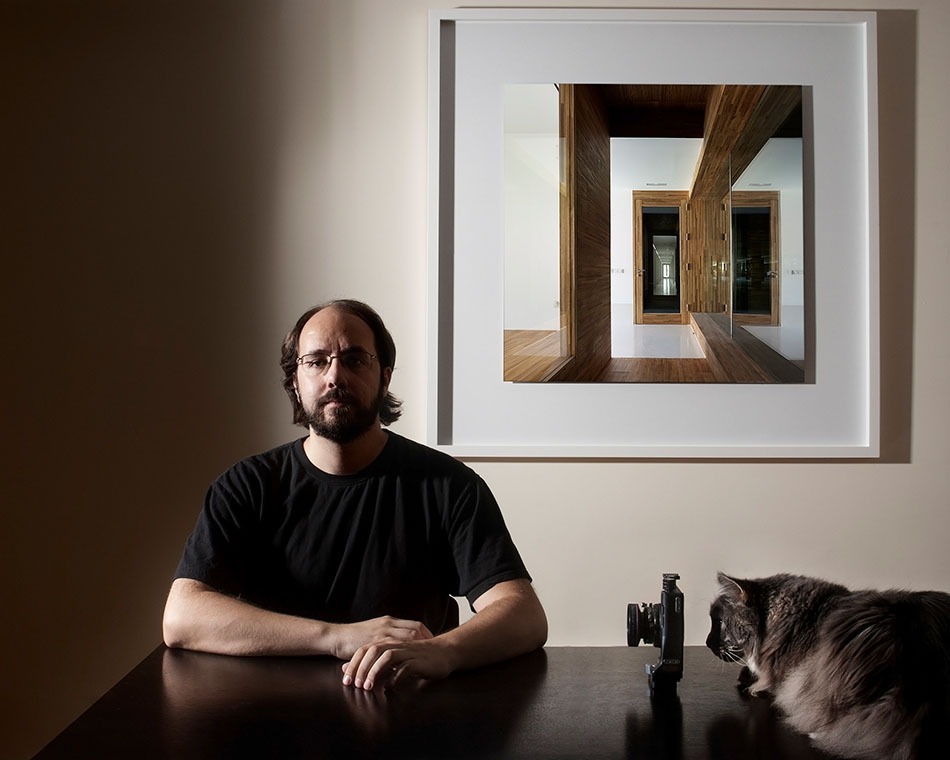
Héctor Santos-Díez grew up with a photo lab in his home. This means that his vocation was already bubbling under the surface from a young age. During his architecture degree, he started taking on work photographing buildings and interiors. Since then, he has cultivated a sober style that has made him a benchmark in architectural photography in his home region of Galicia.
How did you start photographing architecture?
When I was younger, I studied architecture and took photos at the same time, because my father had a black and white photo lab at home and I knew how to develop film. You could say that my vocation was already taking shape back then.
What type of architecture do you usually shoot?
Galician and contemporary architecture is what I get called to do the most. Most of my clients are from Galicia and I work with that type of architecture which is not too different to the work being done in other regions, beyond the fact that the buildings here have to adapt to the frequent climate changes and the area they’re in.
What features stand out in your photography? Abundant light? Original framing? Symmetry?
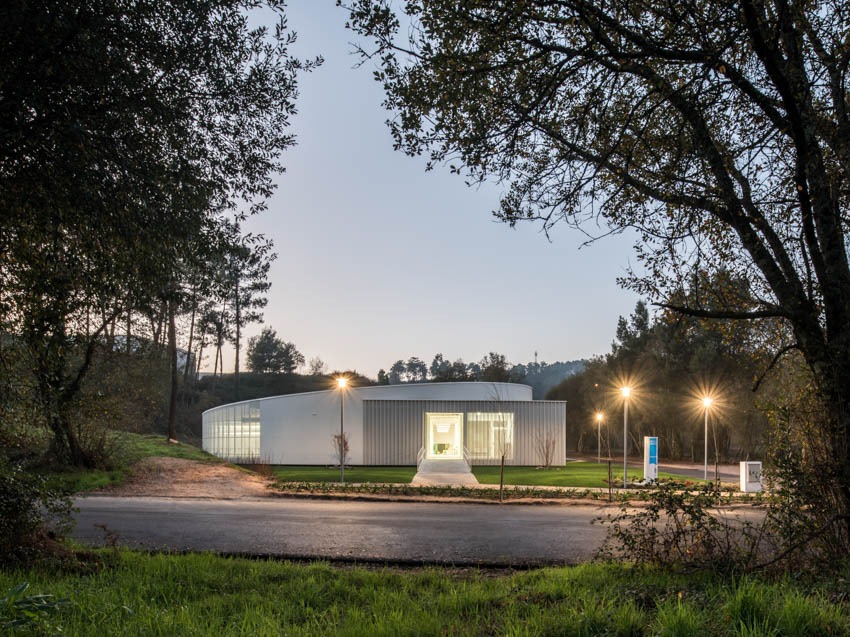
I suppose it’s easier to see it from the outside, but I can tell you that I always try to have well-structured, well-composed, clean images with a quality of lines that complement the photographed perspective. Let’s say that I’m quite sparing. In terms of the spaces, I have no clear priority between exterior and interior design. Work tends to come in waves and many times, clients call me to take certain shots because they’ve seen I’ve previously done something similar.
Do you attempt to not distort reality? For example, making a room look bigger than it really is.
That’s all relative. You need to play with the language of photography, and it has its own parameters. You’re not trying to deceive anybody, but you do go on the best day, with the best light, placing things to your taste and with a thoughtful approach to photographing architecture. Depending on the space, you also need to use wide angles, but this is not to deceive but rather to use the photographic language you have been chosen for. Being in a space and shooting it are never the same thing and, in fact, when you are in a space, you always tilt your head without even realizing it, because your sight and that movement enables you to assess the space which as a photographer you have to fit in a static photograph. You need to know how to transpose the space into an image.
Do you read up on spaces before shooting them? Do you, I don’t know, imbibe them?
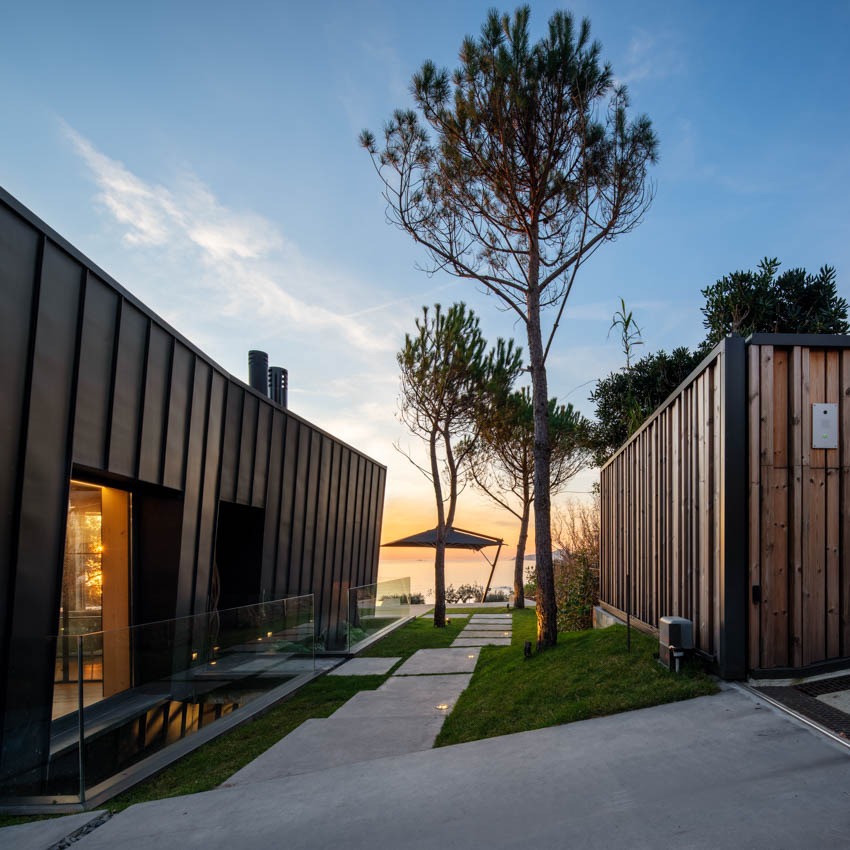
It depends on the space. Sometimes I stop off to speak to the architect when the space still hasn’t been finished, although there are times when I go directly on the day to take the photos. What I always look at is the setting of the space, especially to know where the sun rises and sets, and also to see the surroundings to know what kind of dialogue it has with the space. When I’m on-site, I always walk around the site and get a schematic idea of how to approach the photos.
How has your photographer’s gaze of architecture evolved?
At a stylistic level, not too much as I have always had an austere approach. What I have noticed is that I’ve got much better over time; I make fewer mistakes, and I’ve left behind some old compositional bad habits. When I look at older shots, I think about what I could have done better.
Do you think that spaces can be rediscovered through photography?
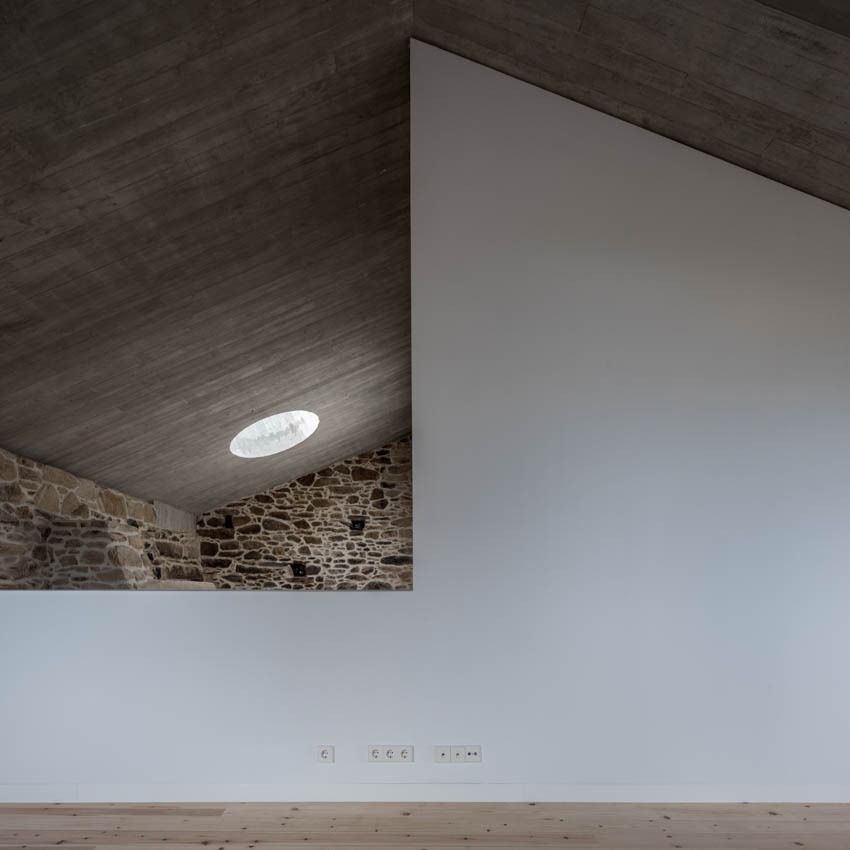
Of course. In fact, architects themselves say that they rediscover their own spaces, that your way of seeing things hadn’t even occurred to them. This shows that if you sent five different architecture photographers to do a reportage on the same building, they would all come back with something different. One person would probably focus more on how the building relates to its surroundings; someone else might not consider the setting to be very important and focus more on the importance of the building as an object; another would be more interested in the finishes, etc. In my case, I tend to place relative importance on the surroundings depending on the dialogue it has with the building, although I generally focus on interiors and finishes.
Finally, what is your approach to social media? Is it important for gaining clients?
I’m not too obsessed but I do keep it in mind. In fact, it was one of the things that helped get me started in this when I began looking for work. In Galicia, there were practically only two other architecture photographers and neither had a website. Just me. And thanks to that, I managed to stand out and receive more commissions.

